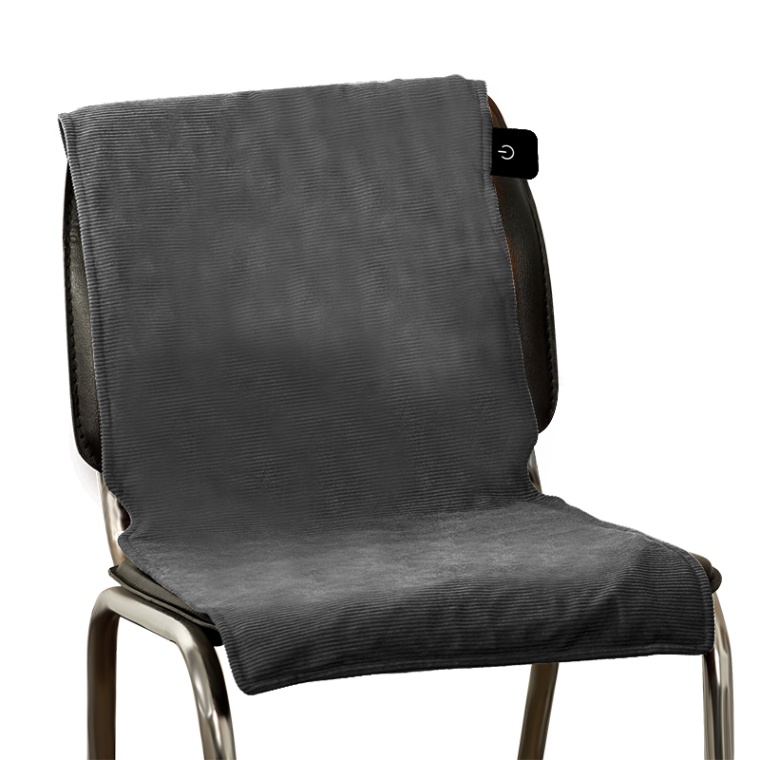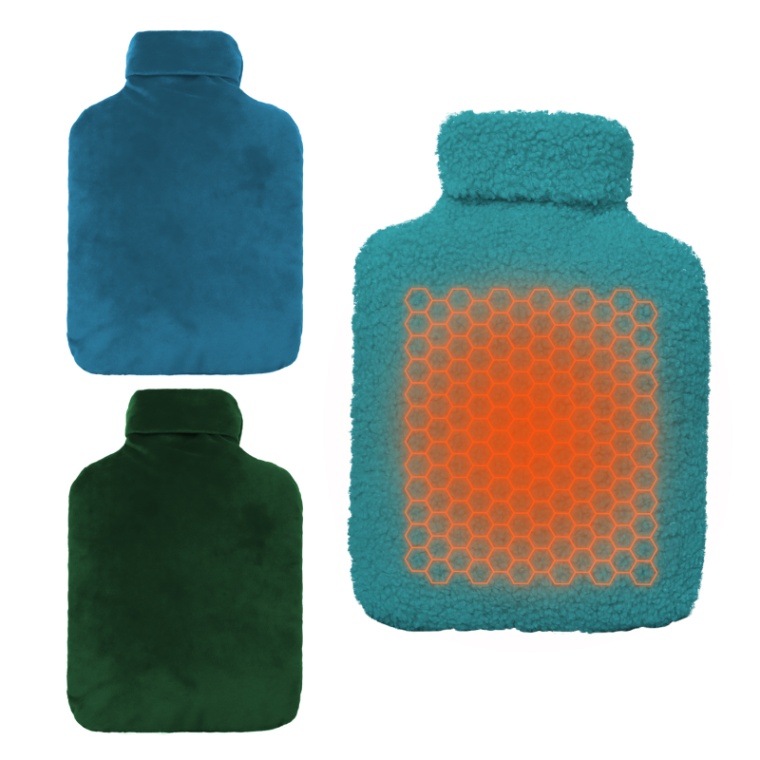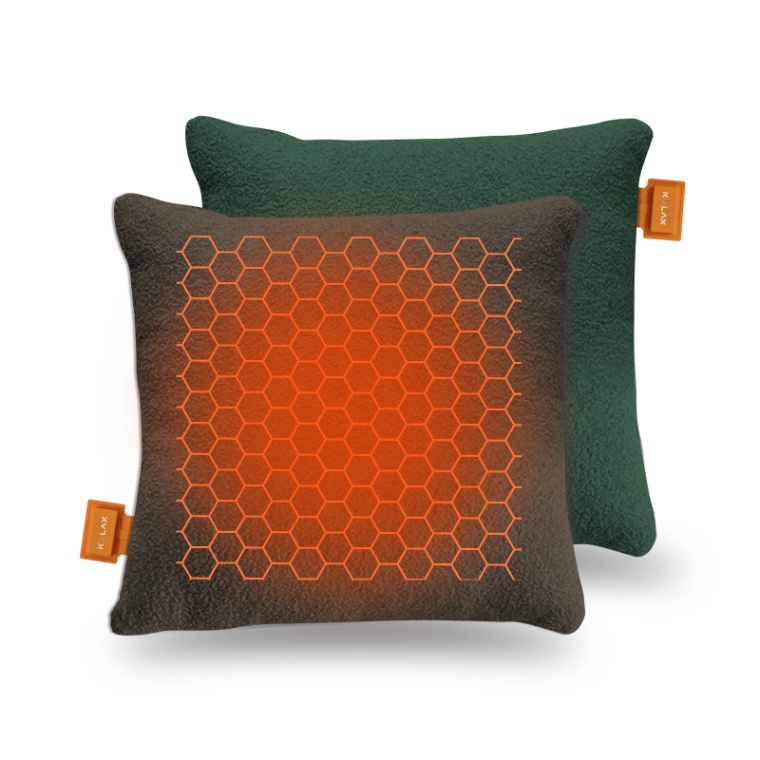Graphene, a two-dimensional carbon allotrope with exceptional electrical and thermal conductivity, has emerged as a revolutionary material in health and medical fields, particularly through its heating capabilities. Its unique properties enable precise, efficient, and safe thermal management, opening new possibilities for therapeutic and diagnostic innovations.
In healthcare, graphene-based heating systems are integrated into wearable devices for pain relief and muscle recovery. For instance, graphene-infused heating pads or belts generate uniform far-infrared (FIR) radiation, which penetrates deep into tissues. This promotes blood circulation, reduces inflammation, and alleviates chronic conditions like arthritis or muscle stiffness. Unlike traditional heating elements, graphene operates at lower voltages, minimizing risks of burns or energy waste. Athletes and physiotherapy patients benefit from lightweight, flexible graphene garments that deliver targeted heat therapy during rehabilitation.

Medical applications leverage graphene’s biocompatibility and responsiveness. In wound care, graphene-heated bandages maintain optimal temperatures to accelerate tissue regeneration and prevent infections. Research also explores its use in hyperthermia cancer treatment, where localized heat generated by graphene nanoparticles selectively destroys malignant cells while sparing healthy tissues. Additionally, graphene-based heating elements are embedded in diagnostic tools. For example, portable medical devices use graphene sensors to maintain stable temperatures for accurate blood analysis or DNA amplification in resource-limited settings.

Moreover, graphene’s antibacterial properties, enhanced when heated, make it ideal for sterilizing medical equipment or air filtration systems. Its low power consumption and durability further support sustainable healthcare solutions.

In summary, graphene heating technology bridges material science and medicine, offering safer, energy-efficient, and versatile tools for both preventive health management and advanced treatments. As research progresses, its role in personalized and non-invasive therapies is poised to expand significantly.









